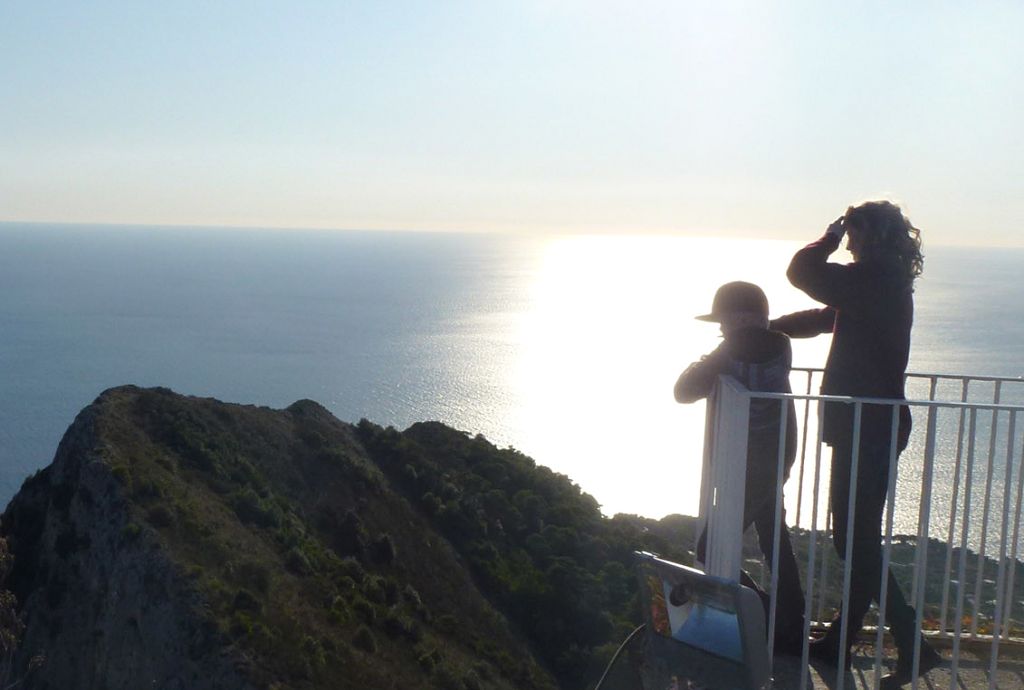CAL capacity 1: Learning from the balcony and the dance floor

We’ve been talking a lot lately about what key capacities leaders might need to lead well during these VUCA times. We don’t want to create a whole lot of new competency tables, but we are wondering about the particular moves Complex Adaptive Leaders (call them CAL) need to be able to make if they are to lead themselves and others into the unknown. We’ll muse here with you about it and maybe you can muse back.
Core capacity 1: Leaders need to have the agility to learn from the present on both the balcony and the dance floor.
Ron Heifetz and his colleagues gave us the beautiful image of the leadership requirement to be both on the dance floor in the heat of action and also on the balcony looking down at the dance floor to gain more perspective. This is a requirement for what they call adaptive leadership. We joke with our leadership program participants that one of the core things we do together is work on the thigh muscles to get up and down the stairs to the balcony. In this case, the “thigh muscles” are self regulation tools (like breathing and body based noticing practices) to look out for and escape from the hijacking of the amygdala, conversation and listening tools to escape from our typical ways of treating people as problems to be solved rather than sensemakers to be understood, and complexity tools to escape from our more limited linear problem-solving techniques.
One piece that complexity theory adds to adaptive leadership is a time focus. In complexity, it’s vital that we learn from the present. Trying to figure out what might happen next is exhausting and not particularly helpful in a quickly changing, volatile world. But keeping your eyes open for weak signals of things that are emerging in the present—that is vital work. Rather than set a target for the future (10% growth, or 15% reduction in complaints to our call centre), the leader paying attention to the present looks out for the way the system is currently moving that hampers the future she’d like to create. She scans widely to find out where, at the edges, things may be most susceptible to change. And she creates a variety of safe to fail experiments in order to learn more about the present while potentially nudging the system towards the desired future.
All this present-scanning, though, needs to be done on the balcony and the dance floor. So the complex adaptive leader needs both the wide angle glasses to peer at the present (if only there were an app for Google Glass…) and the thigh muscles to get from dance floor to balcony and back again. I worked with a leader who could manage a meeting from the dance floor (as she made her contributions and steered the meeting towards the thinking or decisions the group needed to make) and the balcony (as she put that meeting alongside other meetings to look for patterns across the organisation). Perhaps most interestingly, she used her balcony perspective to pay attention to the good things that weren’t happening in the organisation—the conversations that didn’t take place, the projects that weren’t being pursued, etc. Then she’d step back onto the dance floor and poke and prod a little to put people and ideas together in new ways, investing at first relatively small amounts of resources in order to make new things happen. Each nudge was low in risk and high in learning, so that she could then hop up to the balcony to decide what things to nudge next.
Like the other capacities we’ll write about in the next weeks or months, the ability to learn from the present on the balcony and the dance floor is not a thing anyone is born with, nor is it a lofty goal, impossible for all but the chosen ones to attain. Rather it’s a set of practices and habits we can each work at getting a little better at each day. What do you think—what helps you learn from the balcony and the dance floor?
Subscribe via Email